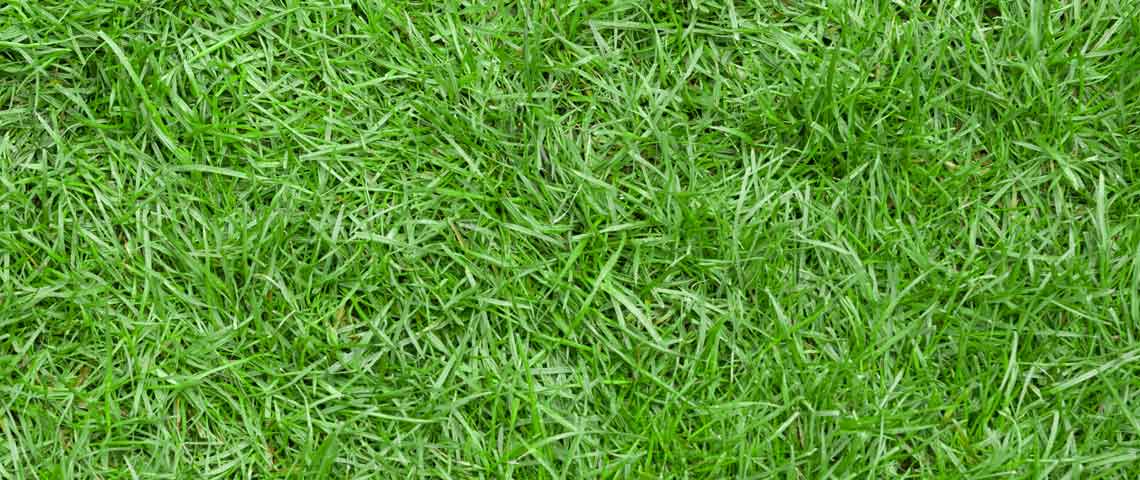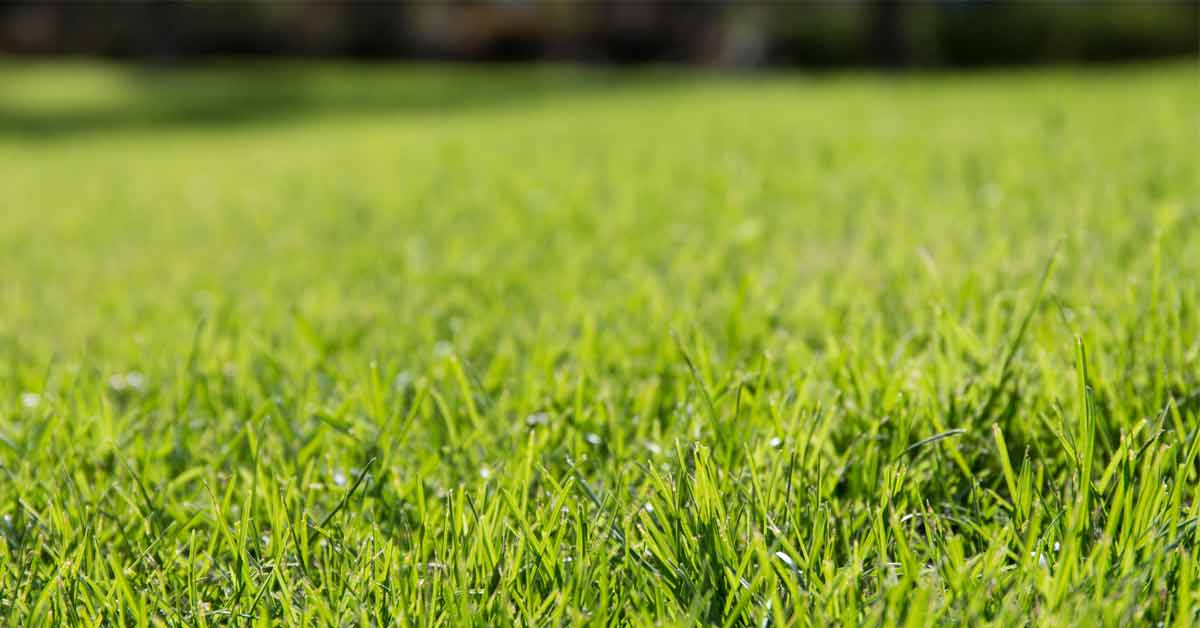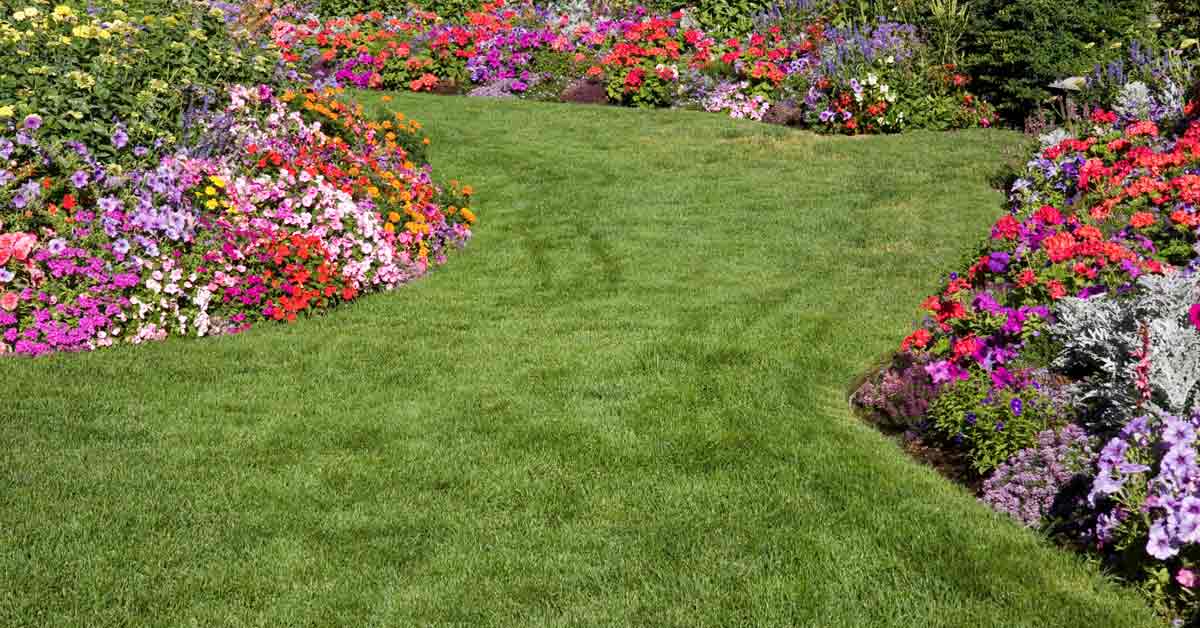Zoysia Grass Tips
Features
- Daily Sunlight Required: Adaptable to full sun to partial shade (6–8 hours of sunlight)
- Sun Tolerance: Excellent
- Shade Tolerance: Moderate
- Grass Color: Dark green
- Grass Texture: Medium
- Drought Tolerance: Good
- Disease Resistance: Good
- Traffic Tolerance: Exceptional
- USDA Planting Zones: 5, 6, 7, 8, 9, 10, 11 (may not be adaptable to all areas within each climatic zone)
- Recommended Planting Dates: Mid to late spring after the last frost or early fall depending on location
- Average Germination: 14–21 days
Planting Instructions
The ideal time to plant Zoysia is in mid to late spring, after the final frost. It can also be planted in fall, a minimum of 60 days before the first frost is expected. Beyond this point, any seed planted may not survive the winter as it will have insufficient time to establish in the ground before the winter weather arrives.
Seeding a New Lawn
Prepare the soil by loosening to a depth of 1–2 inches. Conduct a soil test to be sure your soil has the proper nutrients it needs for a healthy lawn. The pH should be between 5.8 and 6.5. Apply fertilizer and soil amendment at the recommended rates. If you are unable to conduct a soil test, apply a complete lawn fertilizer according to the recommended rates on the packages. Work the soil amendment and fertilizer evenly into the soil, then rake the soil surface smooth to give the seed an ideal bed in which to establish healthy roots. Sow the grass seed by evenly spreading according to the recommended seeding rates using a drop or broadcast spreader. Lightly rake, harrow or otherwise work the seed into the soil no more than ¼" deep. Adequate light will ensure faster germination. Keep the area well watered until the seeds germinate and the seedlings have grown sufficiently to establish a lawn, then water as needed. If necessary, thinly apply a mulch product to prevent erosion of the seed while still allowing adequate light to reach the seed.
Seeding an Existing Lawn: Method 1
Spray the existing grass with a nonselective herbicide labeled for lawn use. Wait at least 7 days to make certain all grass is killed. On spots not completely dead, respray with herbicide. Wait at least 7 days after the final spraying, and plant seed mixture according to the coverage rate on the package, making certain the seed is spread evenly across the area. Aerate the area thoroughly using a checkerboard type pattern. Using a standard lawn mower, mow the dead grass close to the ground. If there is not excess dead organic matter (i.e., clippings, leaves, twigs, etc.), allow the clippings to remain on the ground as a mulch covering the seed, which can be beneficial. Water daily for 30 days keeping the seedbed moist at all times. After seedlings emerge and grass is established, reduce watering frequency and water only as needed.
Seeding an Existing Lawn: Method 2
An alternate method of seeding is to mow the lawn closely, then aerate the lawn well with a spike aerator or similar tool. Plant the seed as directed, then rake lightly to cover the seed no deeper than ¼" deep. Water daily for 30 days, keeping the seed moist at all times. After seedlings emerge and grass is established, reduce watering frequency and water only as needed.
Applying Weed Control Products Applying weed control products to grass prior to seeding can affect the seeds’ ability to grow. Be sure to read and follow all manufacturer’s recommendations and application instructions prior to applying any weed control products and prior to seeding.
Be sure not to use any pre-emergent or “weed and feed” control products in the 90 days before you plan to plant your seed. The chemicals in these products may cause seeds to be damaged and/or inhibit germination.
If you choose, you may use a non-selective herbicide (Glyphosate) to kill weeds and other vegetation, and then wait 7 days before planting.
Mowing
When grass has grown to at least ⅓ higher than the recommended height of 1½ to 2½ inches (i.e., grass has grown to 3 inches tall vs. a recommended height of 2 inches), begin mowing. The dense growth pattern of Zoysia grass, combined with mowing, will keep weeds at bay.
Additional Care Tips
- After seeding, keep the soil moist. Water daily until grass sprouts and reaches a few inches tall.
- Once your grass is ⅓ taller than the recommended mowing height, you may begin mowing it.
- Avoid removing more than ⅓ of the total grass blade length at any single mowing to keep your grass thick and healthy.
- Increase your mowing height in summer months to reduce grass stress.
- Thatch may need to be removed on a periodic basis as it accumulates. Excessive thatch can block water, sun and fertilizer from reaching the soil. It is recommended to remove thatch in early spring before the grass begins to turn green again. The best methods to remove thatch are to scalp grass with a lawn mower using a specialized dethatching blade available at your local hardware store or to utilize a verticut machine. Wait until grass is relatively dry before attempting to remove thatch. Remove thatch by raking or mowing with a bagger once you have completed dethatching.



